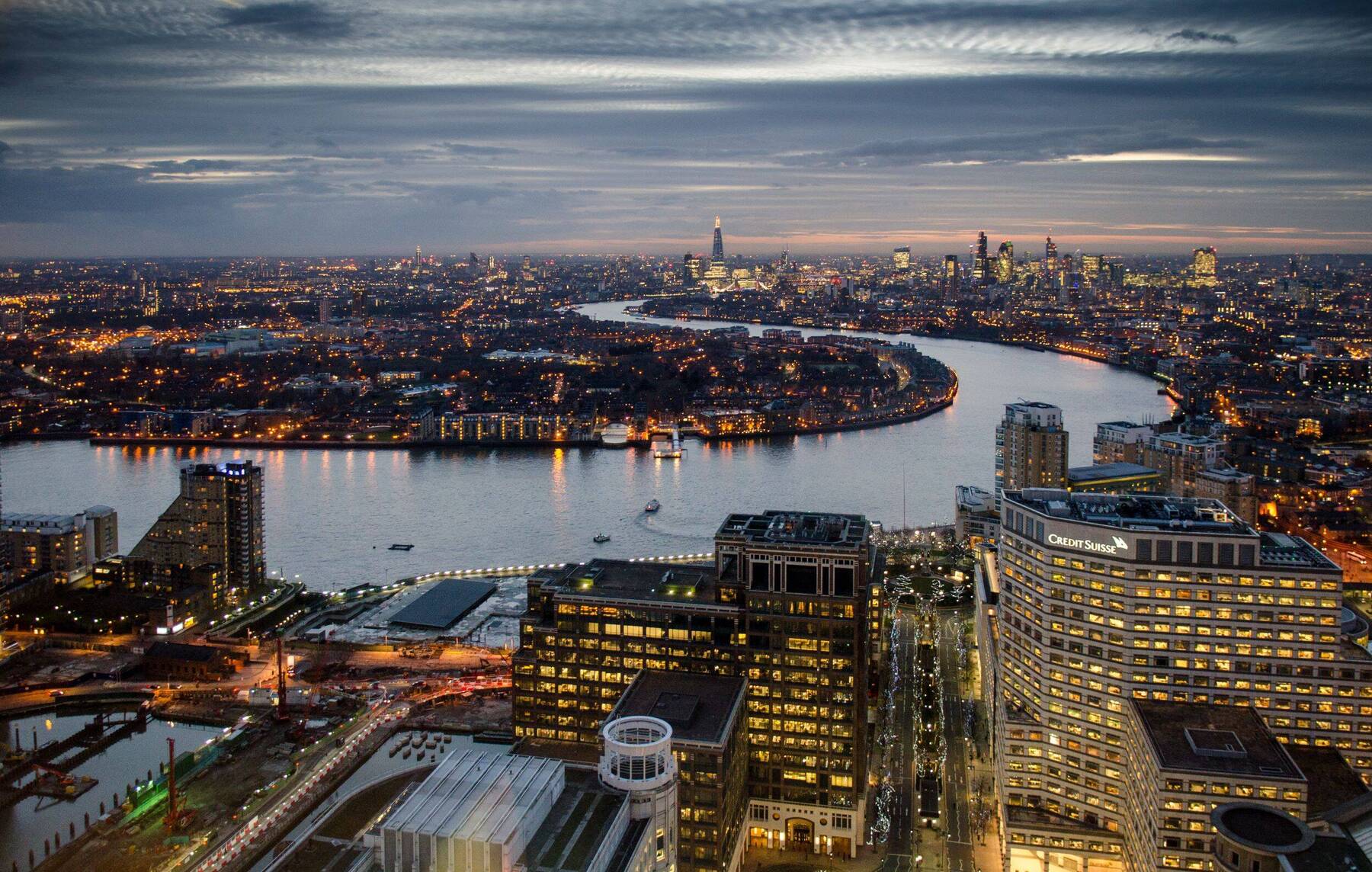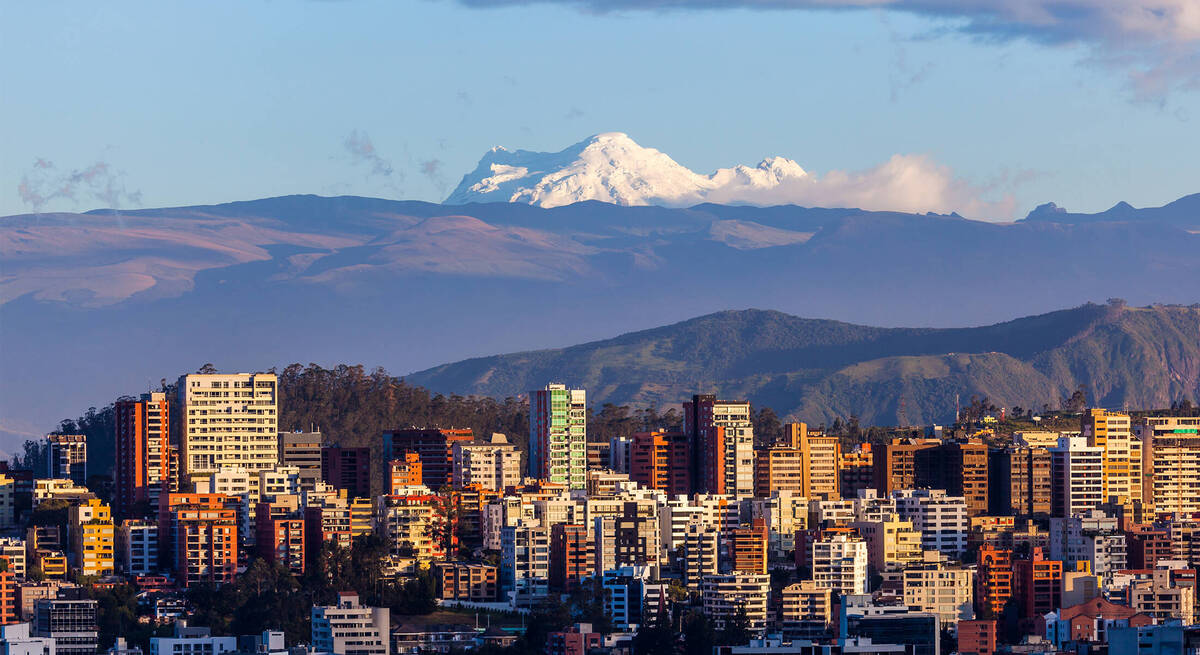UK Science Tourism Destinations
Angela Wood
If you’ve ever found yourself pondering the meaning of life as you stargaze, wondering how great feats of engineering were achieved during the Industrial Revolution or marvelling at recent advancements in technology and mobile computing, visiting these top UK science tourism destinations will definitely appeal.

Stargaze at Kielder Observatory, Northumberland

Ride on the Falkirk Wheel, Scotland

Learn about the Industrial Revolution at The Brunel Museum, London
The Brunel name is synonymous with the British Industrial Revolution and today, their achievements are celebrated at The Brunel Museum in London. Their earliest project, the Thames Tunnel was the first to be built under a river anywhere in the world and during construction, which began in 1825, work was halted several times when the river burst in. The tunnel was originally built so people could walk from Rotherhithe to Wapping in London and on completion, to convince the public it was safe, Isambard Kingdom Brunel threw a lavish banquet inside. The Thames Tunnel opened in 1843 and in 1865 it was taken over by East London Railway and is still operational today. You can learn more about the Brunel family’s work on the Thames Tunnel, how they constructed the world’s first modern ocean liner and more in this fascinating London museum. With heritage walks, concerts, boat trips and guided tours on offer throughout the year, there’s much to see and do in and around the Brunel Museum and if you still want to learn more about this innovative family, you can also visit their ship, the SS Brunel, moored a few hours away at Bristol Docks!

Become a member to join the conversation!
Become part of the world's leading travel & lifestyle community!


















Comments